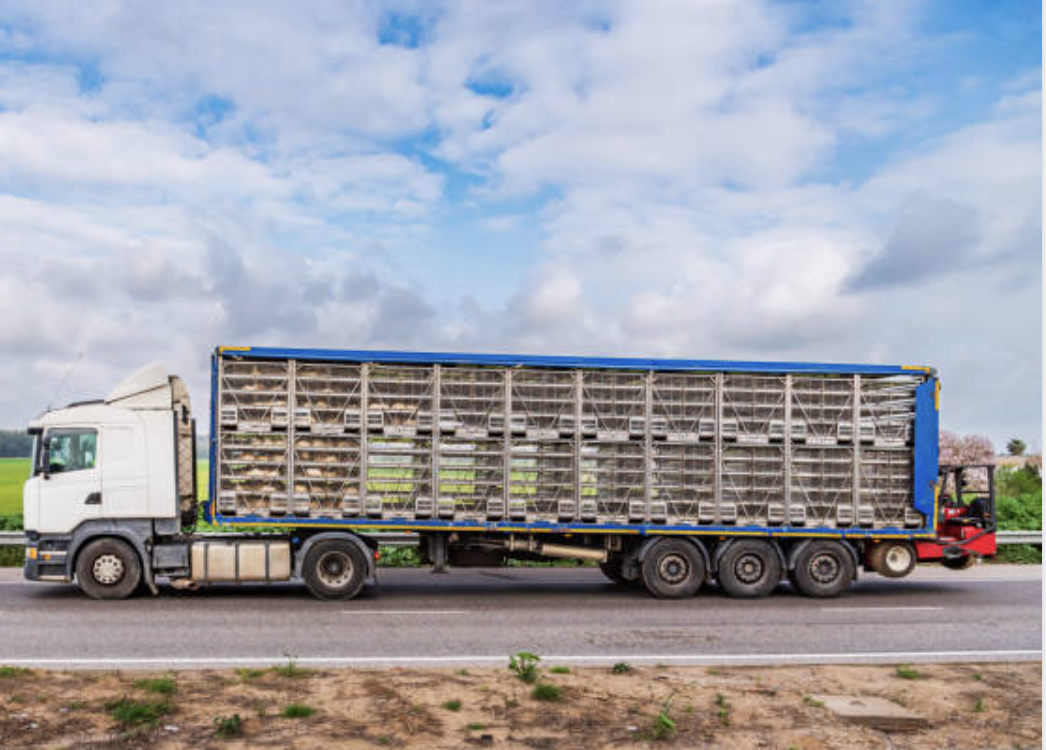Carbon cuts at what cost? Why biodiversity must be part of procurement decisions

Carbon is dominating the sustainability agenda. It appears at the top of dashboards, boardroom reports, investor briefs, and regulatory disclosures. The roadmap to Net Zero is often clear: switch to renewable energy, invest in biofuels, and electrify operations. Yet in the push to reduce emissions, a crucial dimension of sustainability is frequently overlooked is biodiversity.
Biodiversity and carbon are inherently connected, yet they are managed through separate institutional frameworks. The Intergovernmental Panel on Climate Change (IPCC) focuses on climate, while the Intergovernmental Science-Policy Platform on Biodiversity and Ecosystem Services (IPBES) addresses biodiversity. This division can result in siloed strategies that fail to consider how interventions in one area may affect the other.
Reducing emissions does not automatically equate to improving biodiversity. In fact, some of the most commonly adopted carbon reduction strategies can pose significant risks to ecosystems.
Large-scale solar farms, for instance, are widely seen as a cornerstone of clean energy. However, when deployed in arid regions, they can lead to habitat loss, generate localised heat island effects, and alter microclimates, impacting species and ecological dynamics in ways that are not yet fully understood. Emissions may fall, but ecological integrity can be compromised.
Biofuels present a similar challenge. While palm oil and soy-based biofuels may offer lower emissions profiles compared to fossil fuels, their production is a leading driver of deforestation and the conversion of grasslands, ecosystems rich in biodiversity. The trade-off: reduced emissions at the cost of significant habitat loss.
Despite these risks, this does not mean that solar and biofuels are inherently unsustainable. When applied thoughtfully, they can contribute to both carbon and biodiversity goals. For example, strategically combining solar panels with grazing or pollinator-friendly vegetation can support soil health and biodiversity while maintaining energy output. Floating solar panels on reservoirs can reduce evaporation in water-scarce regions, although their ecological impact on aquatic systems must be carefully assessed.
Similarly, bioenergy can be part of the solution, if it is limited to marginal lands and avoids encroachment on protected or high-value ecosystems. Current research suggests that bioenergy deployment within sustainable land-use boundaries can mitigate between 1 and 2.5 gigatonnes of CO₂ per year without undermining ecological resilience.
The implication for sustainability leaders is clear: carbon reduction strategies must be designed with biodiversity in mind. Isolated metrics and single-issue frameworks are no longer sufficient. Companies should integrate biodiversity assessments into emissions planning, evaluate trade-offs with robust environmental modelling, and adopt cross-functional sustainability KPIs.
Climate leadership today requires more than cutting carbon. It demands solutions that sustain both the atmosphere and the ecosystems on which all businesses depend. Organisations that understand and address this intersection will be better positioned to deliver lasting environmental and economic value.
The business benefits of integrating biodiversity
Biodiversity is more than a compliance issue, it’s a smart business move. Customers care about it: a 2019 Business Insider survey found that 47% of internet users would switch brands if a company ignored their environmental values. That means businesses taking biodiversity seriously can build stronger trust and stand out in crowded markets.
There’s a clear cost benefit too. The World Economic Forum reports that sustainable supply chains can cut operating costs by up to 16% and grow revenue by up to 20%. Managing biodiversity helps reduce waste, avoid disruption, and run a more efficient operation.
Investors are also paying attention. With more biodiversity investment growing, sustainable and ethical funds have quadrupled in value over the past decade and companies are expected to disclose their environmental risks. By 2021, 48.6% of Spain’s IBEX 35 listing considers biodiversity as a material concern for their investors. Yet, while SBTi frameworks have become an industry standard for planning ahead and set science based targets and clearly show reduction areas and actions, there is increasing criticism that SBTi and other ESG practices sometimes prioritise disclosure and box-ticking over substantive ecological and environmental impact in business priorities.
Biodiversity loss is having a profound impact on food sourcing today by diminishing the natural systems that support agriculture—including healthy soils, pollinator populations, and pest control services—which leads to supply chain vulnerabilities, decreased crop yields, and greater exposure to climate and market disruptions. Scientific evidence shows that crop and landscape diversity directly contribute to food security, climate adaptation, and long-term productivity (IPBES, 2019; IPCC, 2022).
For food companies seeking to go beyond superficial greenwashing and genuinely reduce these risks, three interconnected approaches stand out. Adopting regenerative agricultural practices that restore ecosystem services and promote soil and habitat health (Giller et al., 2021); investing in robust supplier engagement and traceability to prevent sourcing from areas of critical biodiversity loss (WWF, 2022); and integrating biodiversity indicators and scientific risk filters into procurement and decision-making processes to ensure that emission reductions are aligned with broader ecological resilience (IPBES, 2019; WWF Risk Filter, 2022).
Moving beyond narrow high level ESG reporting toward these science-based strategies not only secures supply chains and reduces operational risks, but also builds genuine brand trust in increasingly conscious markets. By prioritising these approaches, food companies not only secure their own supply chains but also strengthen brand value and future-proof their operations in a rapidly changing world.
In short, biodiversity isn’t a trade-off, it’s a business advantage. It supports resilience, brand loyalty, and long-term value.
Going beyond Carbon with Unibloom
Unibloom is an innovative data & simulation platform built to help procurement teams to make smarter, faster, and more sustainable sourcing decisions—without compromising on cost or efficiency.
Designed for companies navigating the complex balance between climate goals and business performance, Unibloom transforms how purchasing decisions are made—from identifying credible alternatives to evaluating suppliers and materials, all grounded in robust climate and financial data.
Unibloom also brings biodiversity into the equation. By integrating location-specific risk data from WWF’s Biodiversity Risk Filter, commercial LCA databases & Unibloom’s unique datasets, you can assess and compare current operations and future plans through a holistic lens—balancing financial goals with environmental impact.
We’ve worked and are working with SBTi & BCorp leaders like ScandiStandard, GoodPop, Axfood, and Unilever to move procurement & sustainability teams from climate guesswork to actionable, data-driven initiatives, backed by accurate data. The platform allows you to identify 10s of ideas and simulate trade-offs between cost, emissions, climate and risk impact—helping your team prioritise the right initiatives with speed and confidence -- and then collaborate in a new way with your suppliers - forward looking, data-driven, science-backed.
In short: Unibloom helps you act together between procurement, sustainability teams & suppliers on what matters—faster, smarter, and more cost-effectively.
Thanks a lot for co-writing this article with us - Jesica Murcia Lopez Ph, a Postdoctoral Researcher at the Centre for Environmental and Climate Science (CEC) at Lunds University.
Contact us today to unlock smarter procurement decisions - data-driven, sustainable and cost-effective.
https://unibloom.world
+46 702 135254
Sources:
IPBES (Intergovernmental Science-Policy Platform on Biodiversity and Ecosystem Services). (2019).
Global Assessment Report on Biodiversity and Ecosystem Services.
Retrieved from: https://ipbes.net/global-assessment-report-biodiversity-ecosystem-services
IPCC (Intergovernmental Panel on Climate Change). (2022).
Climate Change 2022: Impacts, Adaptation and Vulnerability. Contribution of Working Group II to the Sixth Assessment Report.
Retrieved from: https://www.ipcc.ch/report/sixth-assessment-report-working-group-ii/
Giller, K. E., Hijbeek, R., Andersson, J. A., & Sumberg, J. (2021).




